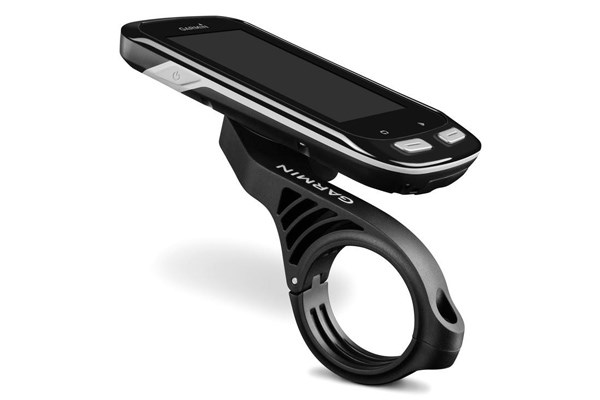GPS cycle computers have helped to revolutionize cycling. Whether you want to access all your performance data, get turn by turn navigation prompts on the roads and trails, or just keep a track of your progress on the bike a GPS bike computer is the way to go.
There are many different GPS computers to choose from and the one that is best for you will depend on what type of riding you are doing as well as your budget. The best computer for a pro cyclists may not necessarily be the best one for you. This guide will help you to find your ideal GPS computer model.
Which GPS Cycle Computer do I need?
Some GPS computers have so many functions that it’s unlikely that any cyclist will use them all. The best way to choose the right model for you is to think about what you will be using it for. Once you know how you will be using your GPS computer can find the one that has all the features you need without paying extra for the ones that you won’t use.
Recording Rides
A computer that connects to satellite navigation systems (GPS, GLONASS, Galileo) to track your location, with a barometer to map your altitude, and an accelerometer to record your movement is all you really need to record your rides. All GPS computers offer this and are more accurate than even the best smartphone, especially when moving quickly.

Bluetooth smart phone connectivity that enables auto-sync to services like Strava or Komoot will make tracking and sharing your cycling progress much easier. You can also see message and call alerts on screen, so you can keep your phone tucked safely away while you ride.
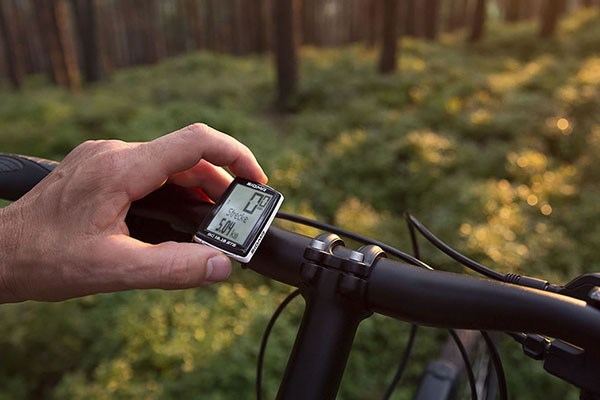
Navigation
If you want to navigate the roads or trails, then you need a GPS computer that offers turn by turn navigation with easy-to-read course prompts. Many computers with simple black & white displays will do this but one with a high-resolution colour display is much easier to follow.

A computer that comes preloaded with cycling maps and can upload other maps (OS maps for example) is a big plus. Connectivity is a must as you will need to upload your routes from your phone, tablet or laptop. Choose a GPS computer that offers intelligent rerouting using local heatmaps if you like to take detours on the way without having to retrace your route to get back on track.

Training and Racing
If you are serious about your cycle training, you’ll need a GPS computer that offers ANT+ connectivity, so you can connect to peripherals like heart rate monitors and power meters. This will enable you to view your performance data in real time just like the pros do. You will also be able to dig into your data later for more in-depth post ride analysis.

Like a personal trainer in a box the best GPS computer for training and racing will offer features that allow you to gain more insight into your training program. Features that analyse your performance over time and offering fitness guidance are very helpful here. While you ride, they can notify you when it’s time to hydrate or eat as well as showing you how far you’ve got to go before you reach the top of the climb. Post ride they can evaluate your key performance indictors to see if you’re training productively, peaking or overreaching.
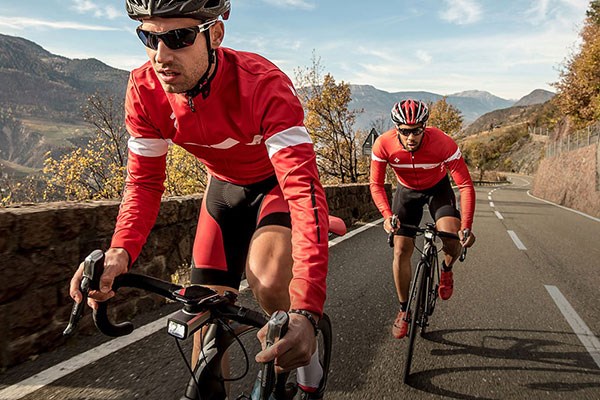
Other features to look for
Touch Screen
GPS computers with a touch screen are easier to use. Most phones don’t work very well with gloves or in the rain but a good GPS computer screen is designed to be used with cycling clothes in all weathers. A high-resolution display makes it easier to see your data even in bright sunlight.

Customizable Display
Computers that allow you to customize the fields that are displayed allow you to make better use of your data while you ride. With multiple pages and multi bike profiles you can customize your computer for different types of ride.
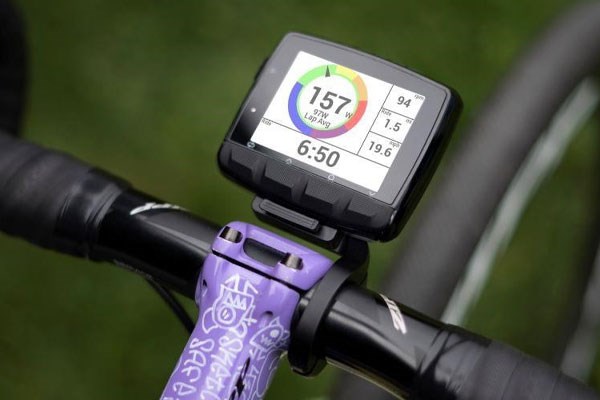
3rd Party Apps
The ability to download third party apps directly onto your GPS computer can really enhance your riding experience. For example, Garmin IQ compatible devices can access apps including Strava, Trailforks, Komoot and Spotify to name a just a few.

Road & MTB Features
While most GPS computers aren’t discipline specific some do have functions designed specifically for road cycling or MTB riding. Want to know how your performance changes when you’re seated or standing on the pedals? Or how much hang time you get off those jumps? Then look for a computer that offers specific MTB or road cycling metrics.
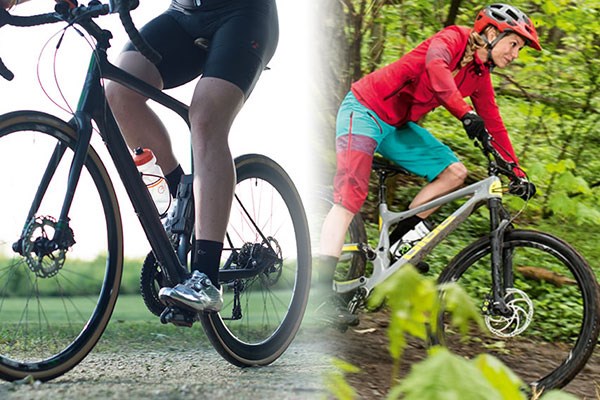
Connectivity
GPS cycle computers use ANT+ and Bluetooth technology to connect to other devices. You will need this if you want to connect to external sensors like power meters and heartrate monitors as well as to your phone, tablet or laptop. Fortunately, most modern devices make this process very easy, but some GPS computers still require a USB connection to transfer data to/from a laptop.
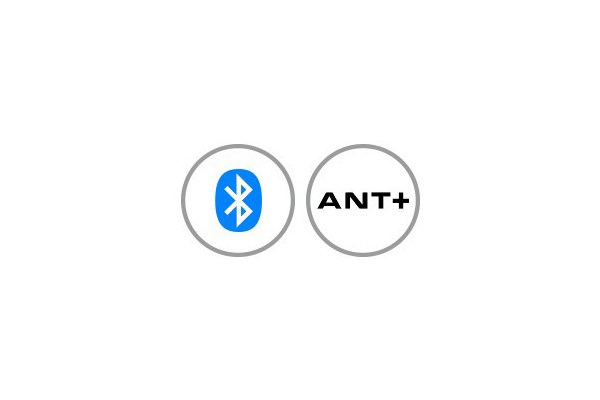
E Bikes
Some e bikes are designed to work with specific cycle computers (Garmin and Shimano for example). These can display power metrics for both you and the bike as well as range etc. Many ebikes can also transmit to any ANT+ compatible computer through a “fake” channel. This means that you can have your remaining battery capacity showing as a percentage on screen instead of heart rate, power or cadence. Great for ebikes with minimal displays.
Custom Mounts
All our GPS cycle computers are supplied with mounts, usually to attach the device to your handlebars. There are also custom mounting options to consider, especially for Garmin computers. A custom mount will allow you to position your computer exactly where you need it on the bike.
